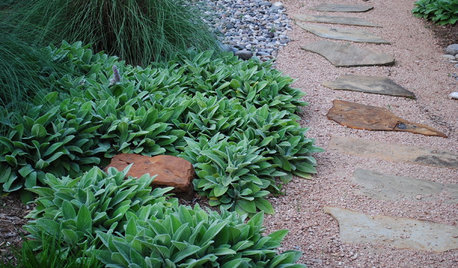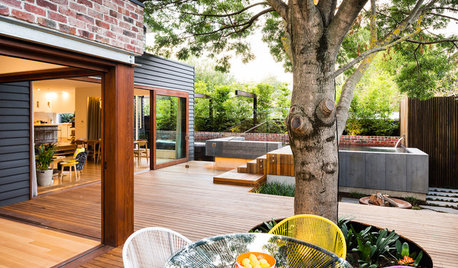Bambusa: textilis or tuldoides?
unautre
18 years ago
Related Stories

SAVING WATERLush Gardens With Low Water Needs
Drought tolerant doesn’t have mean spindly, brown and thorny
Full Story
INSPIRING GARDENSA Melbourne Backyard Entices Everyone Outside
Music lovers add a pool, pizza oven and fire pit for a yard that’s a big hit with the whole family
Full Story
BATHTUBSWorld of Design: 12 Soothing Bathtubs in Rejuvenating Settings
From baths with ocean views to tubs set amid lush gardens, these spaces are designed to relax mind, body and soul
Full Story





orchidnuts
tropicallvr
Related Professionals
Belmont Landscape Architects & Landscape Designers · Fair Lawn Landscape Contractors · Fort Atkinson Landscape Contractors · Holtsville Landscape Contractors · Post Falls Landscape Contractors · Seven Hills Landscape Contractors · Annapolis Carpenters · Champaign Carpenters · Brighton General Contractors · Hampton General Contractors · Langley Park General Contractors · Palestine General Contractors · Park Forest General Contractors · Spencer General Contractors · Van Buren General Contractorskentuck_8b
unautreOriginal Author
unautreOriginal Author
roy_rogers
kentuck_8b
unautreOriginal Author
rob_e
kentuck_8b
selby
booloverallen
kentuck_8b
alan_l
dieselxj